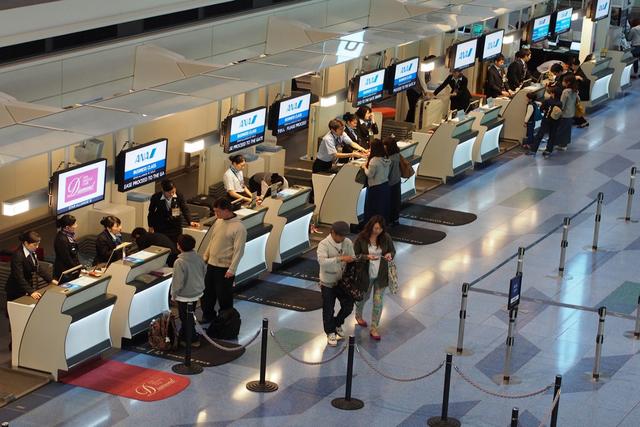Sales

Overview
Every day, American manufacturers churn out millions of dollars' worth of products and importers bring boatloads more to our shores. Farms and ranches produce tons of food items. Millions of service-providing businesses, such as hospitals, advertisers, and insurers, stand ready to fill our needs, from vital to trivial. All of these industries depend on sales workforces to find buyers for their products and services among household consumers, businesses, and government agencies.
Through the sales industry, businesses are able to contact the potential buyers of their products and services, inform these customers about features and benefits, answer customers' questions, negotiate prices, and take orders.
About 14.3 million Americans work in sales-related jobs. About 1.7 million people sell the products of wholesalers and manufacturers. Another 1.8 million sell services such as advertising, insurance, and securities. More than 220,000 are engaged in miscellaneous other forms of sales, such as sales engineering and telemarketing. About 405,000 are sales managers.
The industry is often divided into two sectors: B2B (business-to-business) and B2C (business-to-customer). Someone working in B2B might sell copy machines to business offices or diagnostic equipment to hospitals. In a B2C sales job, the worker might sell property insurance to a homeowner or a tropical vacation package for a couple's honeymoon. No matter the sector, most sales-related jobs are affected by the state of the economy. Since January 2020, the coronavirus pandemic has affected many industries, causing a slowdown in the economy. The long-term effects on the sales industry are still to be determined.
In terms of structure, sales workers can be divided into two groups, inside and outside sales representatives. Inside reps sell mostly by making phone calls from offices, although sometimes they use more advanced technologies. Often they make "cold calls" to p...





















